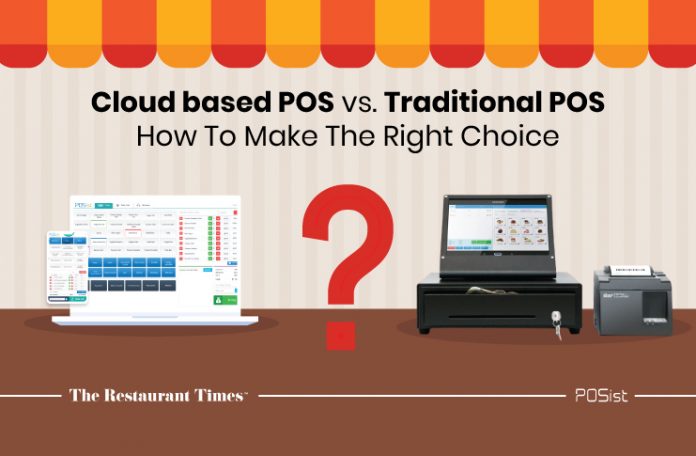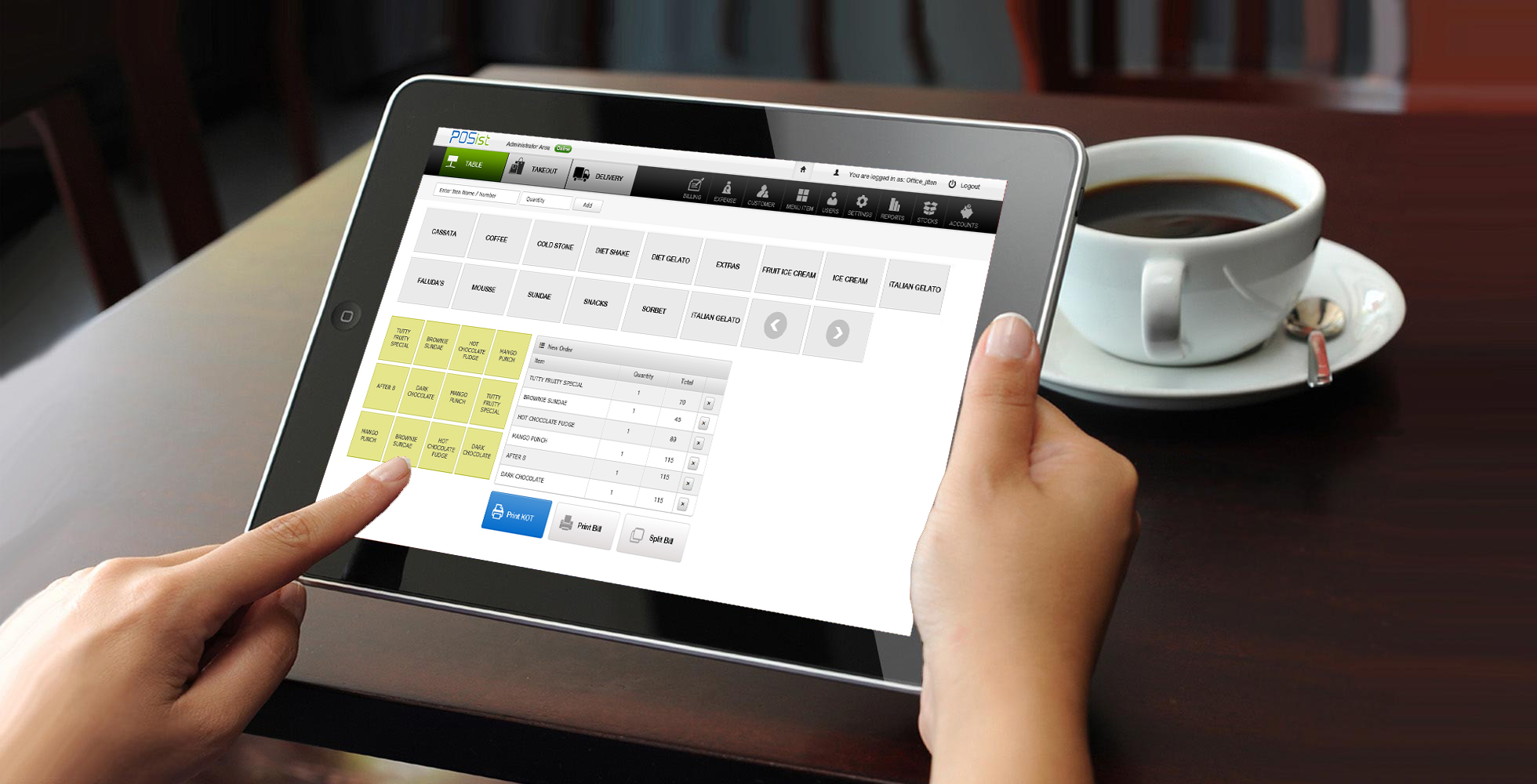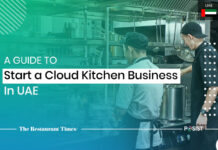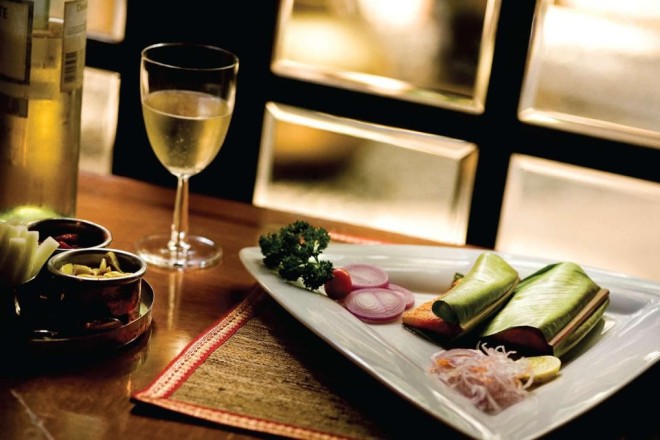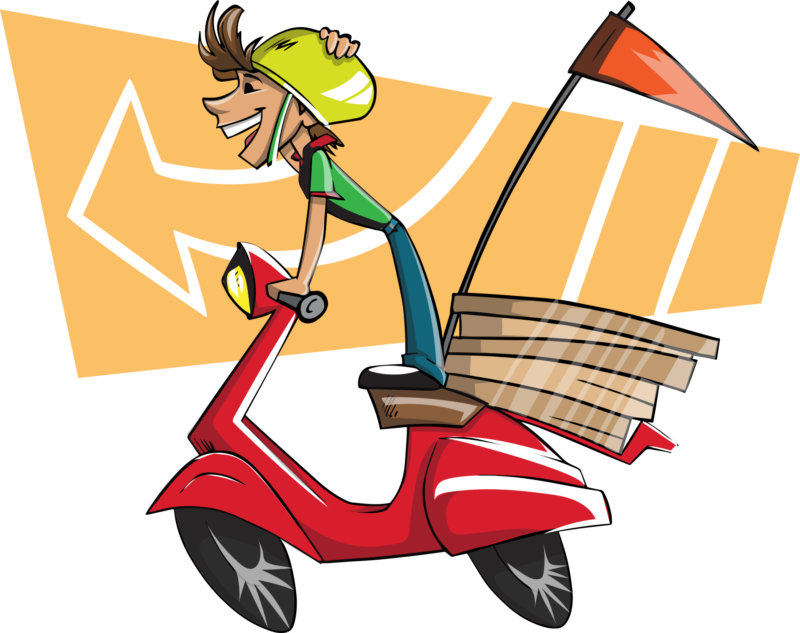POS software solutions are now ubiquitous. From small retailers to restaurants, POS software is used for billing almost everywhere. According to a report by Marketsandmarkets, the cloud POS systems market is expected to touch USD 3.73 billion by the year 2023.
When it comes to restaurants, choosing a versatile POS system is imperative to managing multiple operations and outlets the right way. As technology is evolving, restaurants are shifting towards cloud POS systems from traditional POS systems. Cloud POS systems are more advantageous than the latter and create more opportunities for restaurateurs to streamline operations.
This article will highlight the major differences between the cloud and traditional POS systems to help you decide the best management software for your restaurant. But first, let us see what both of these POS systems are.
What Are Traditional POS And Cloud POS Systems?
Also known as legacy POS, a traditional POS system works on closed networks and stores the data on local servers. It is similar to downloading movies instead of streaming online on OTT platforms. Even though the traditional POS systems have been used for a long time for printing Kitchen Order Tickets (KOTs), they have ample shortcomings due to which they are being replaced by the cloud POS systems. For example, uploading data manually on the traditional POS is a daunting task and also gives rise to certain risks of data security, data loss, etc.
On the other hand, a cloud POS system stores the data and handles its management completely online. All it needs is an active internet connection. Moreover, the advantages of cloud POS systems are not limited to printing KOTs but extends to simplifying many other restaurant operations. It is like the central module of a restaurant that is responsible for CRM, loyalty and inventory management, detailed sales reports, etc.
Which Is Better And Why?
The selection of POS is based on the number of features it has. Even though a cloud POS requires an internet connection to work, the variety of functionalities it provides is far ahead of the traditional POS systems.
Here are some parameters that give the lead to cloud POS systems, proving that it is a better choice.
1. Maintenance & Data Security
Unlike traditional POS systems, the maintenance of cloud POS systems is easy. There is no need to manually install the updates as this procedure takes place automatically from time to time. It makes sure that you are always using the latest version of the POS system.
There is an additional responsibility of storing the restaurant data safely and the risk of data loss is high in traditional POS systems. In a cloud POS, the data is stored online which can be accessed from anywhere. There is a sense of security that if something happens, the data will be easily retrieved from the encrypted servers. Moreover, most cloud POS also operate when they are offline. You can enter the data in the POS and it will be updated on the cloud as soon as the system goes online.
2. Wider Accessibility
Running a restaurant is difficult. There are times when you need to look at the latest sales figures, but since you are not in the restaurant – near the traditional POS system – you cannot access this information. However, if you have a cloud POS deployed in your restaurant, it is possible to do the same.
Accessibility of data from multiple internet-enabled devices, a feature absent in the traditional POS, is one of the most important features of the cloud POS. It enables the restaurateur to access the reports and analytics from anywhere in the world and at any point in time with just one click.
3. Cost-Effective
Cloud POS is more cost-effective than traditional POS. You don’t need to pay a hefty one-time installation fee for the system and stay broke for the rest of the month. Not only the purchase cost, but every time the system goes down, maintenance costs are also counted in traditional POS systems.
However, when buying a cloud POS, you only need to pay the monthly subscription fees, thereby maintaining cash flow for restaurant operations. The cost of cloud POS is much lower than that of traditional ones because of the absence of complex hardware and easy installation.
4. Absence Of Hardware
Legacy POS systems consist of bulky hardware that are very complex to install. Unlike the cloud POS, they are stationary and take up a lot of space on the counter. On the other hand, cloud POS are hardware independent and run on a variety of browsers.
Being hardware independent increases the value of POS systems and adds convenience. No hardware dependency makes the POS system portable and accessible to multiple users, enabling taking table orders on tablets and mobiles. Furthermore, no hardware means an easy and low-cost installation of the system.
5. The Complete Package
A cloud POS system offers end-to-end restaurant management for all restaurant formats. It is equipped with numerous other indispensable features which leave the traditional POS systems far behind. While the old POS is only meant for billing and generating receipts, a cloud POS is a complete package that takes care of inventory, customers, sales, revenue, thefts, etc.
With the advancing technology, it is important for restaurateurs to equip their outlets with good management software that not just takes orders, processes bills, and prints receipts, but also looks after every little aspect of the outlet. Some of the many features of a cloud POS, apart from billing, are:
- The detailed analytics and item and ingredient-wise reports let the management keep track of the daily, monthly, weekly, and yearly sales of the restaurants.
- The CRM module stores customer data centrally and sends out discounts and offers to them frequently based on pre-defined triggers like birthdays, etc.
- The stock and inventory module tracks the remaining inventory and alerts the manager when it is time to restock.
- The anti-theft module alerts the manager in case of any discrepancies in the form of unnecessary discounts, KOT reprints, staff thefts, etc.
- Cloud POS systems are able to integrate with third-party applications for deliveries, payments, etc. Integrating with food aggregators and payment applications can make the whole procedure, from ordering to serving/delivery, seamless for the customer.
While selecting a POS system for your restaurant, it is always recommended to weigh the pros and cons of your choices. Cost should not be the only criteria, you should give equal importance to the features and the backend functionality of the POS system. A cloud POS system would be a better fit for your restaurant as traditional POS have gone outdated now. The more versatile the POS, the more seamless operations will be since they are made to endure the rigorous and fast-paced environment of restaurants.


